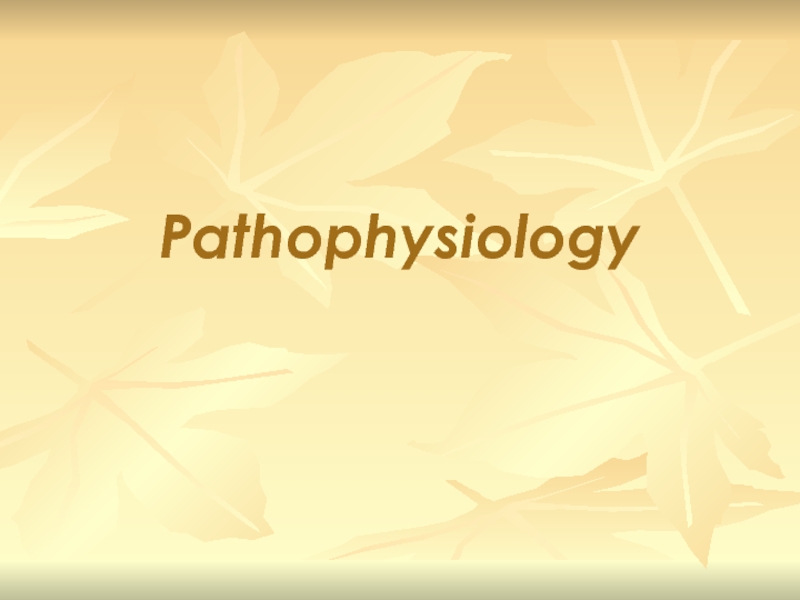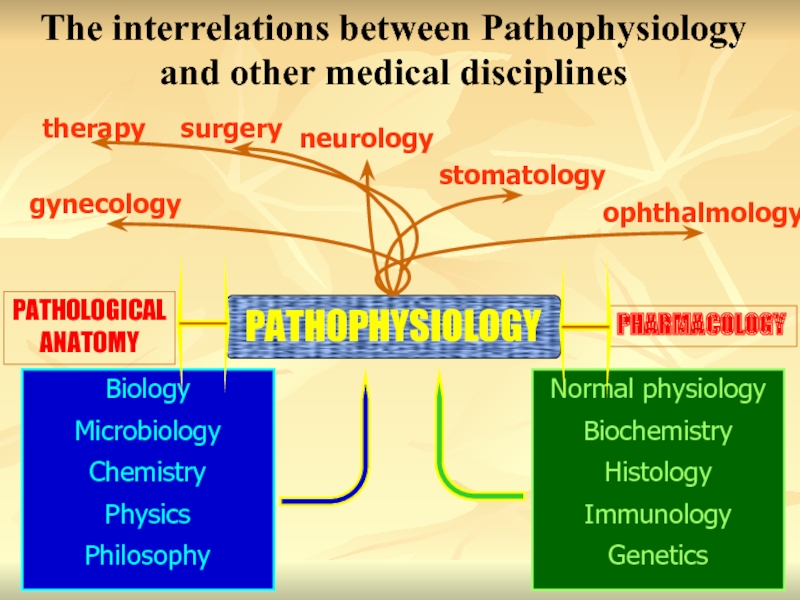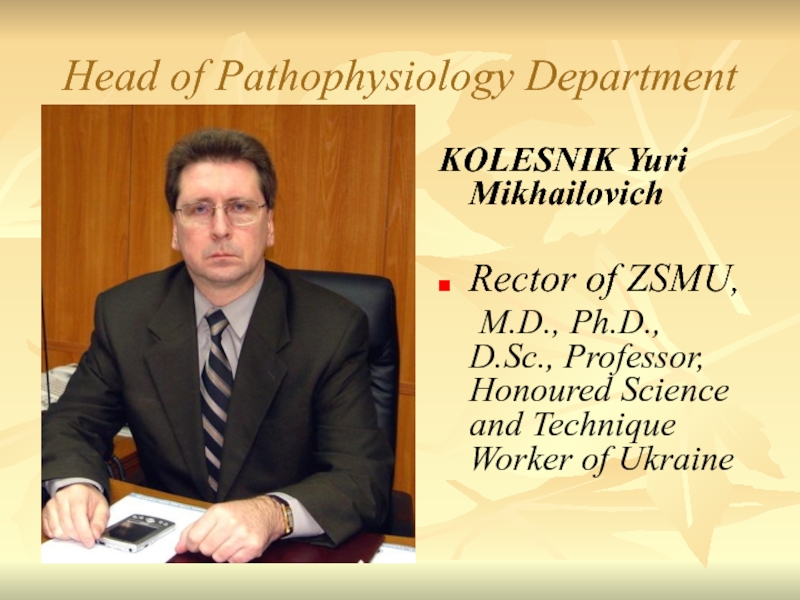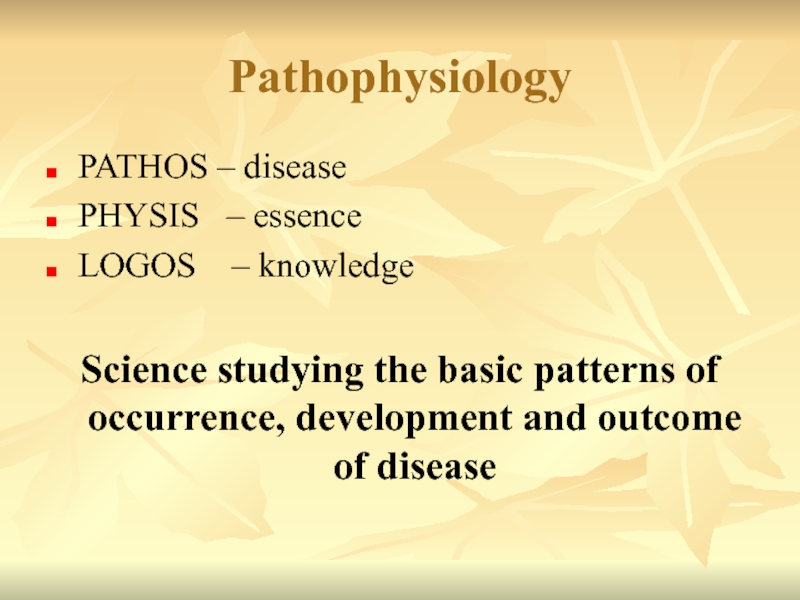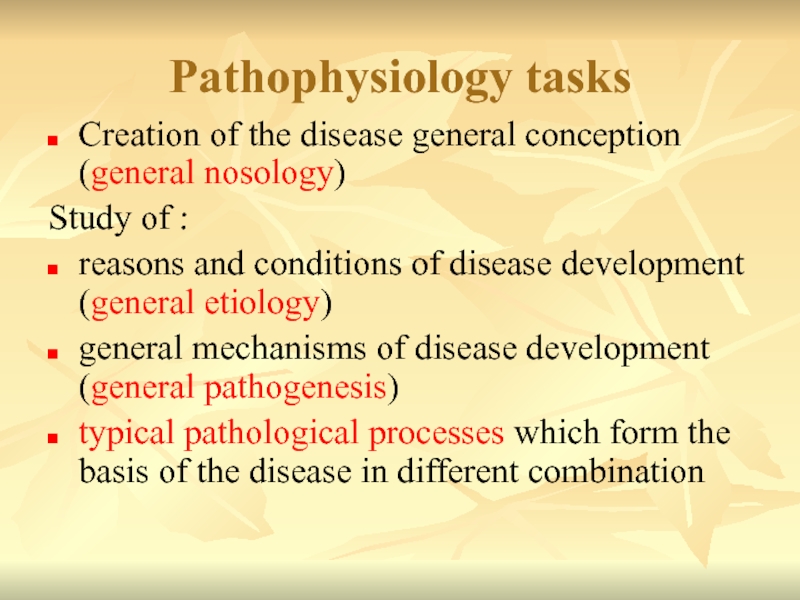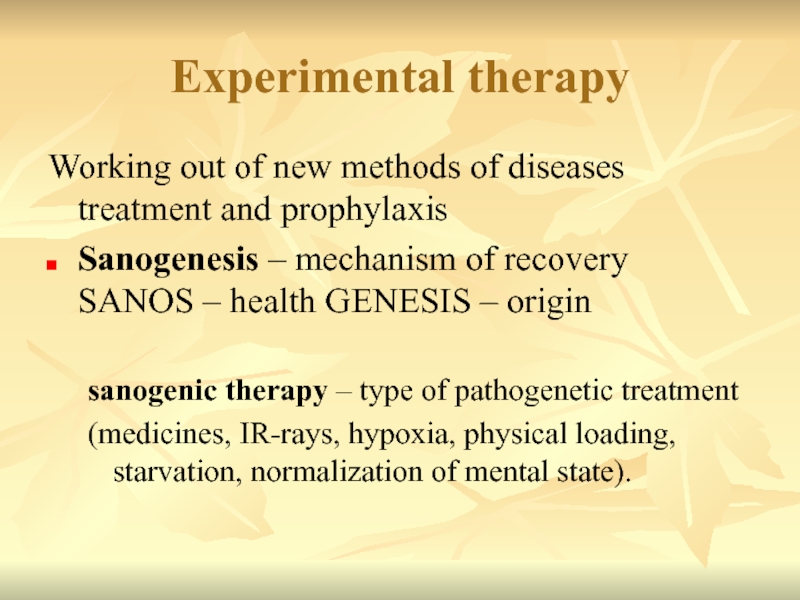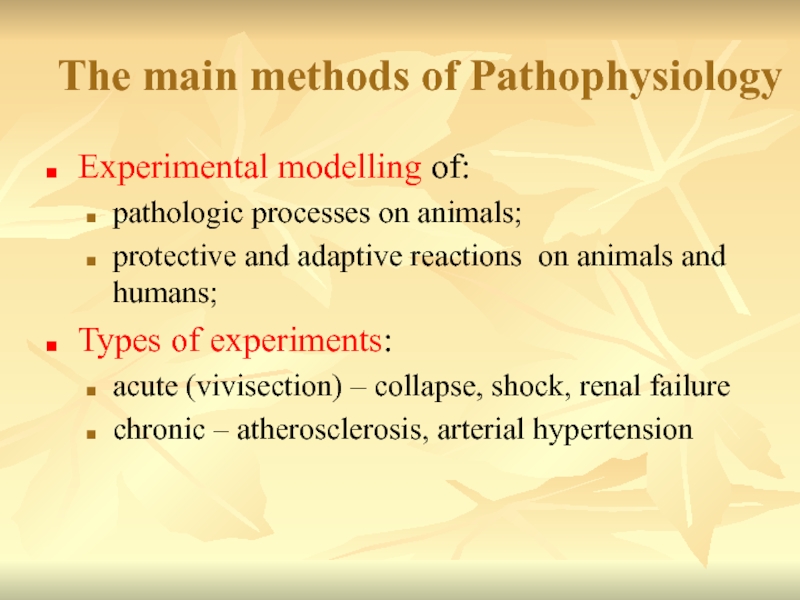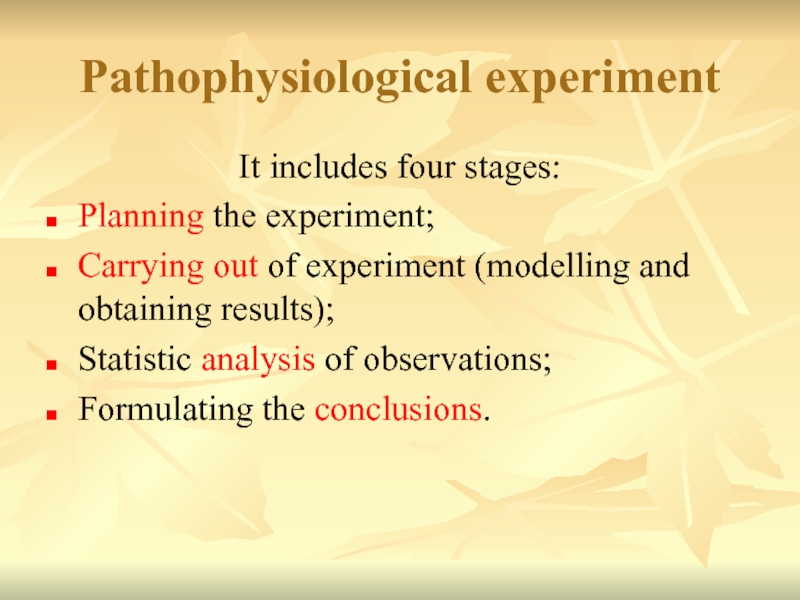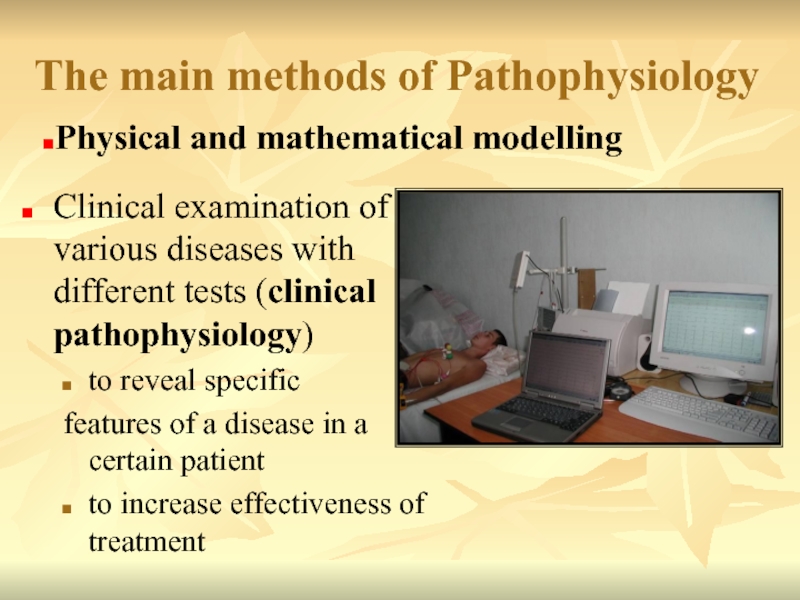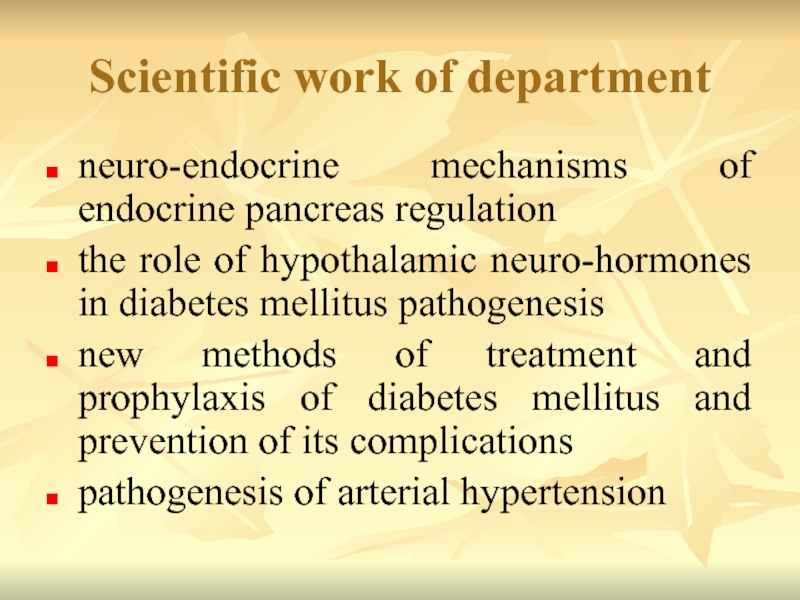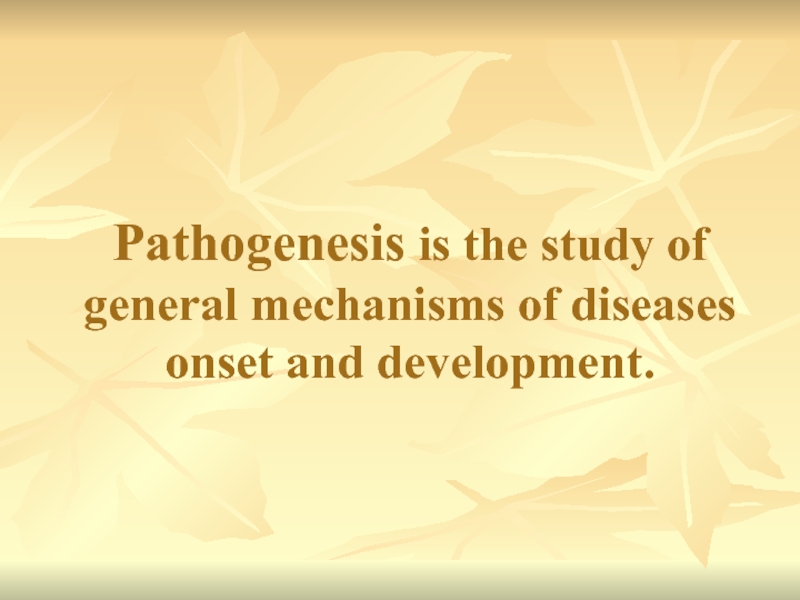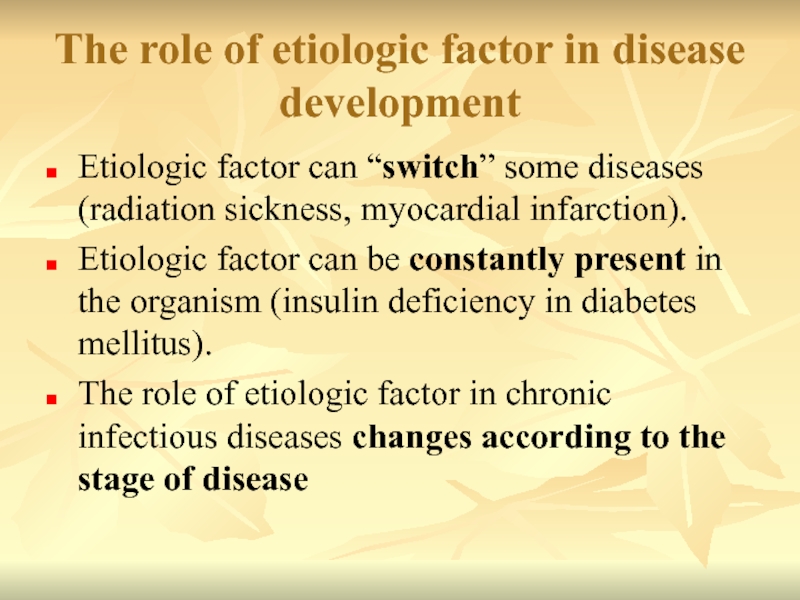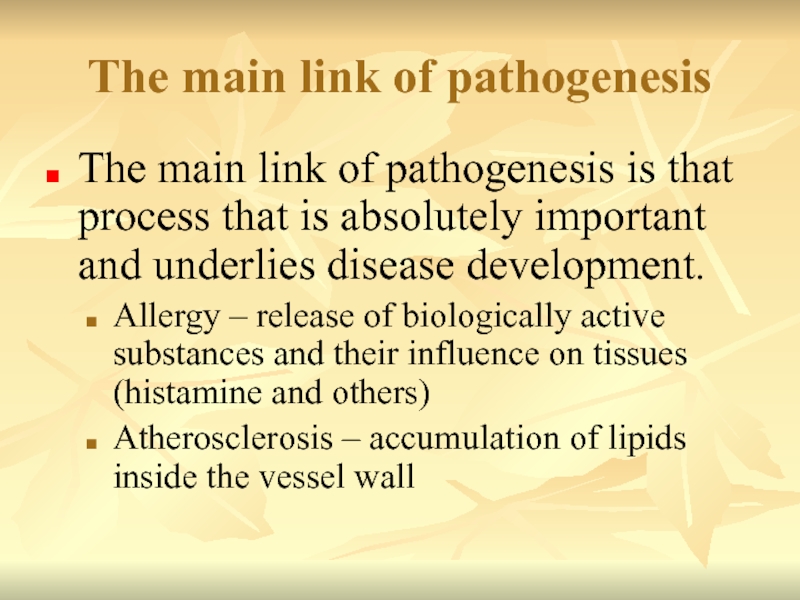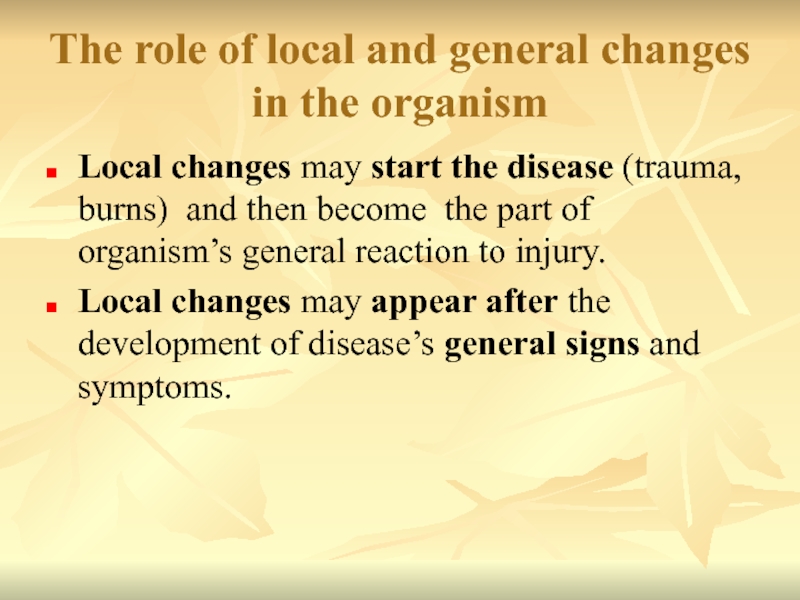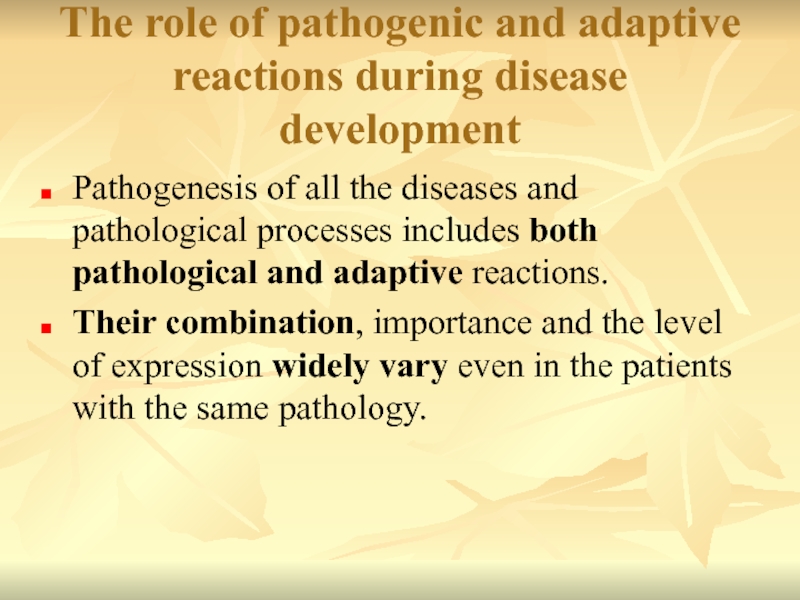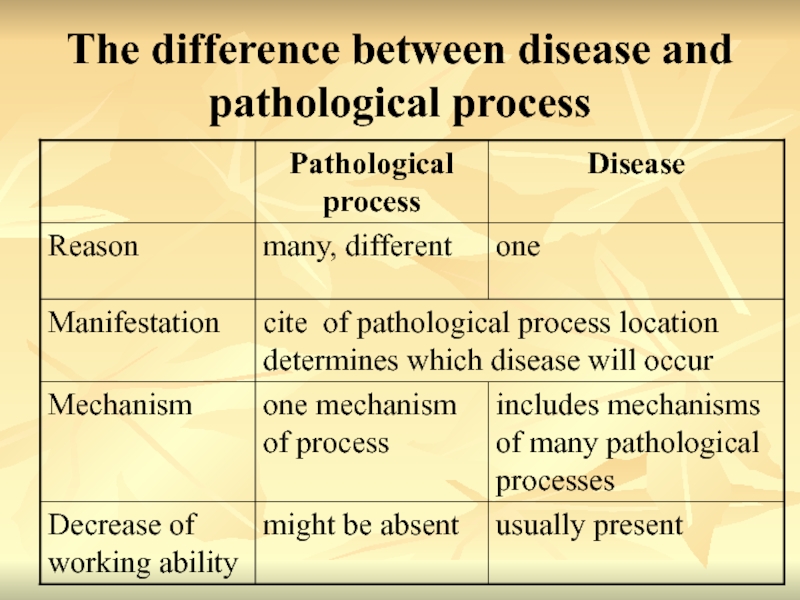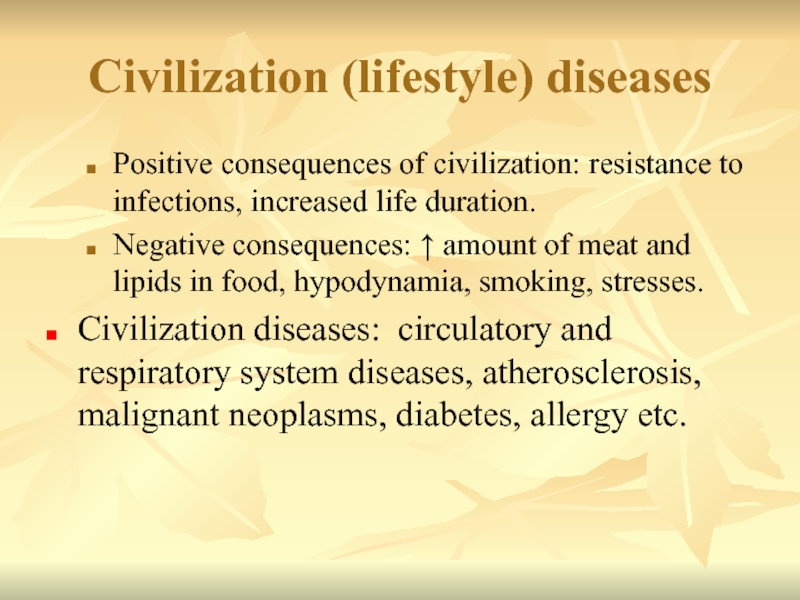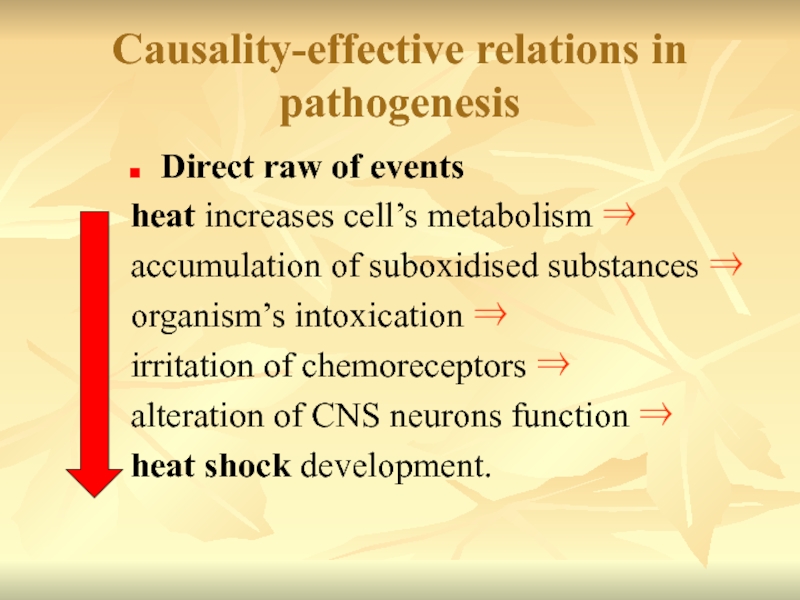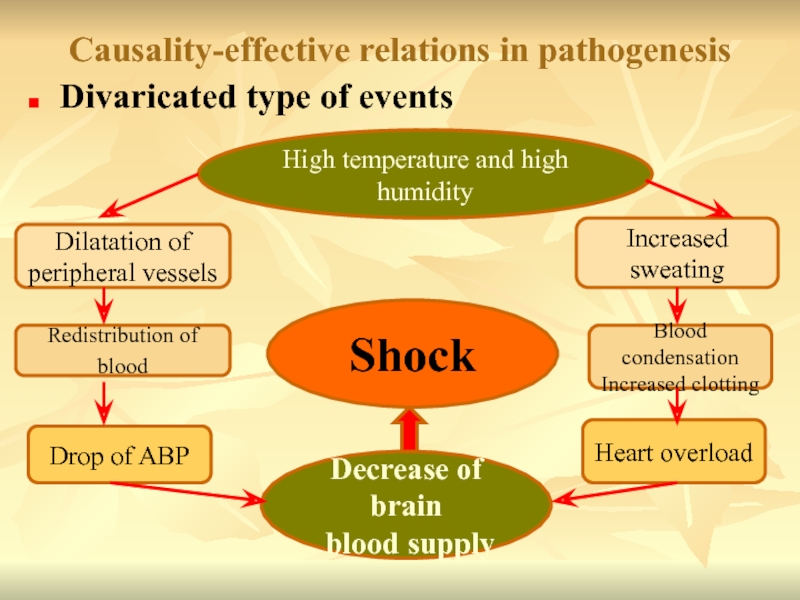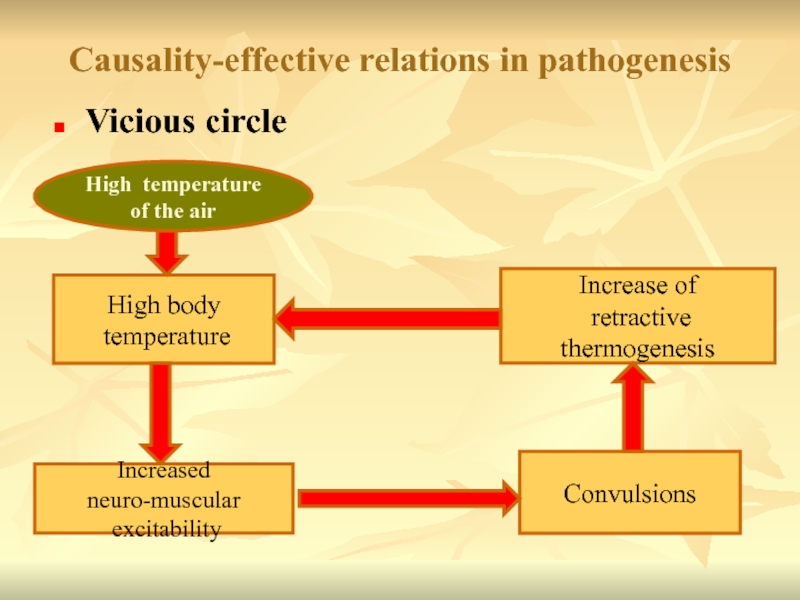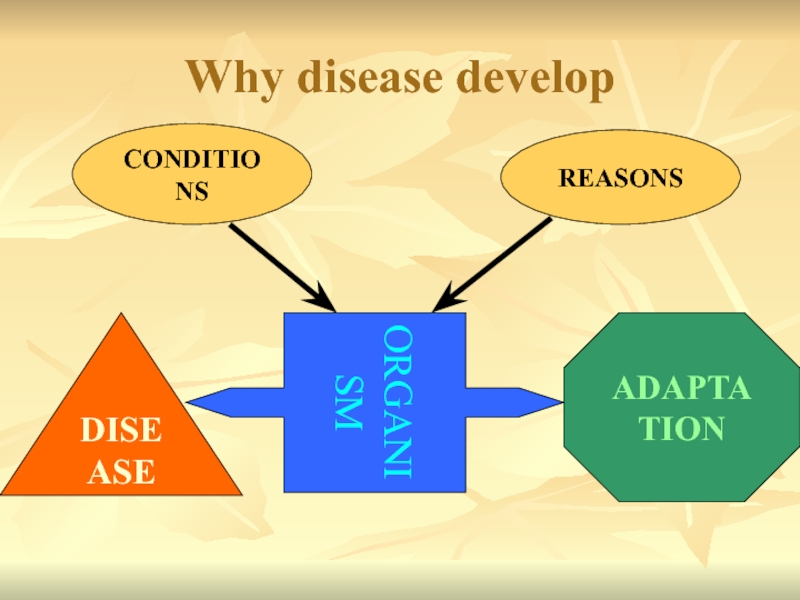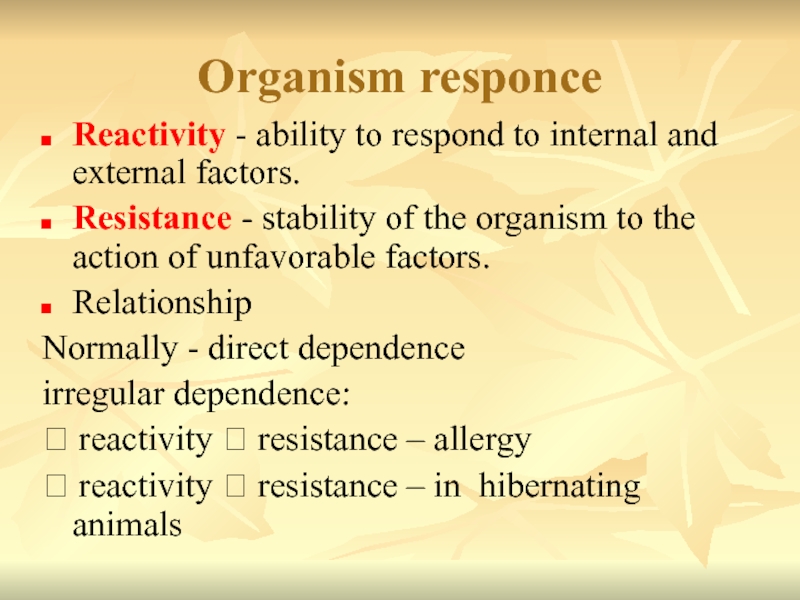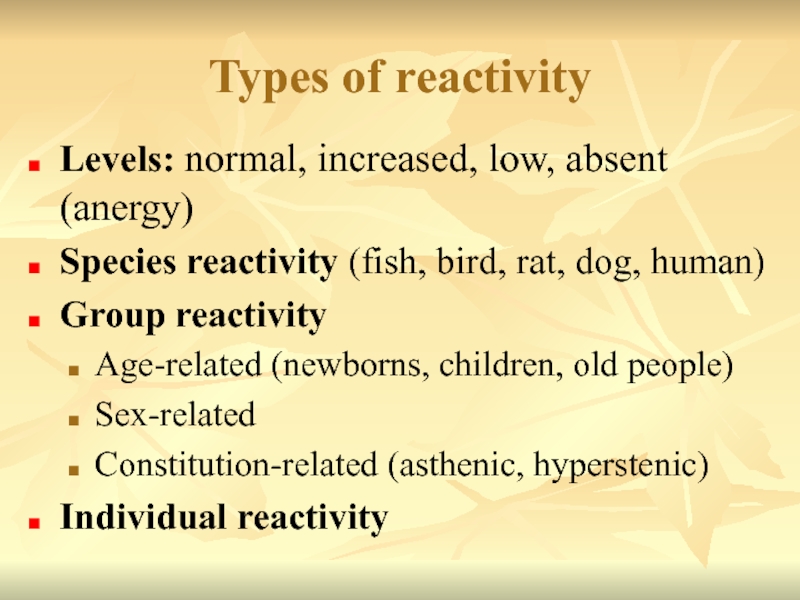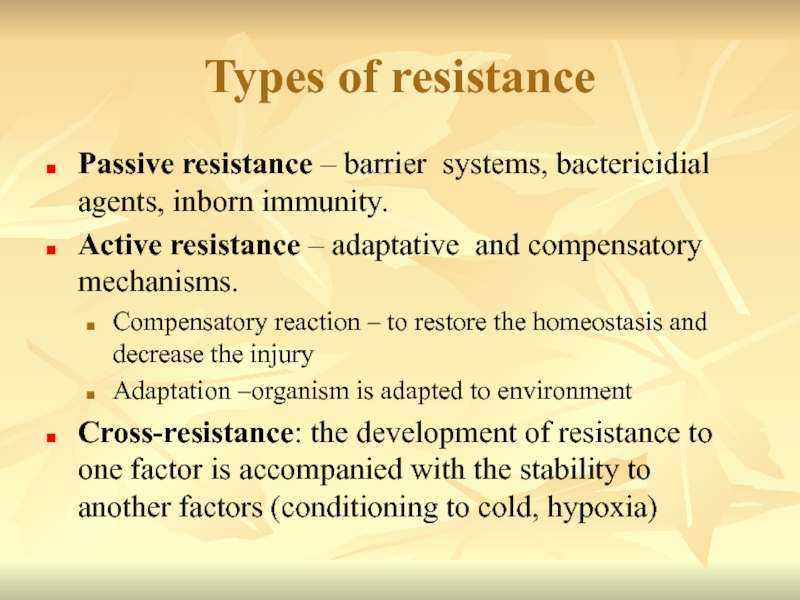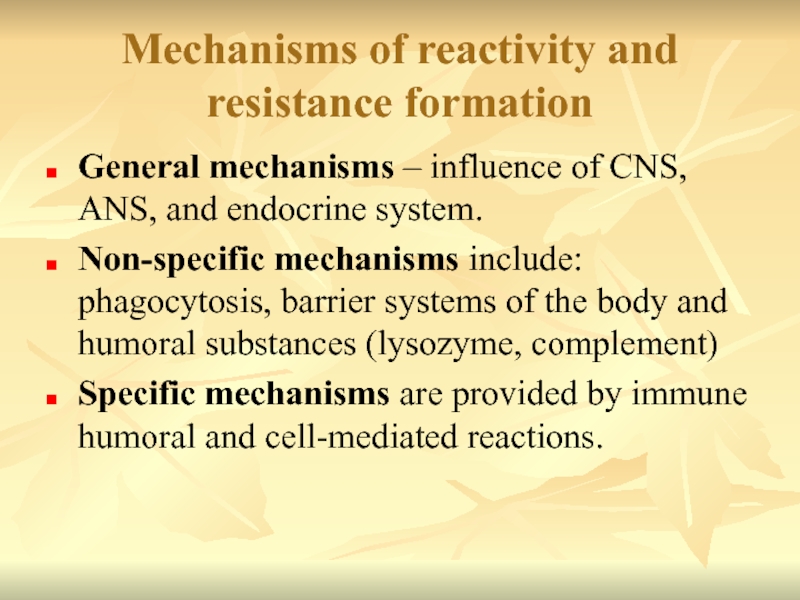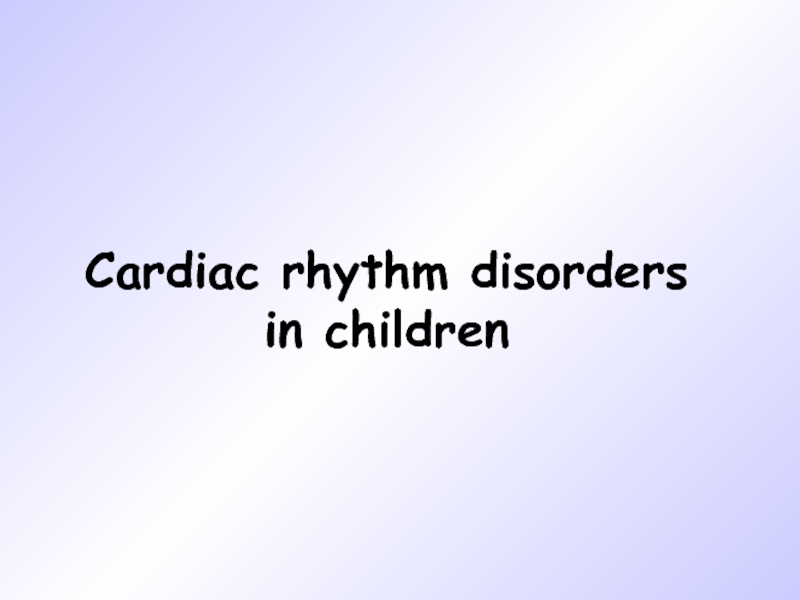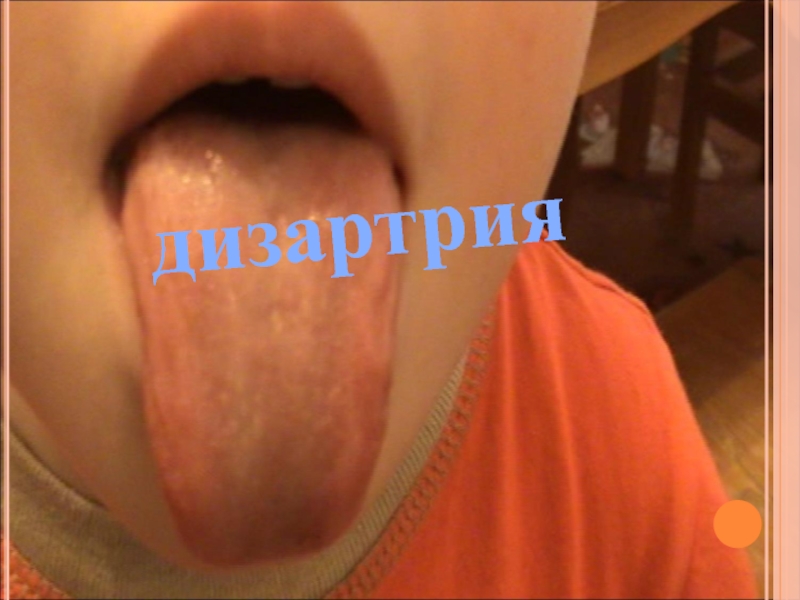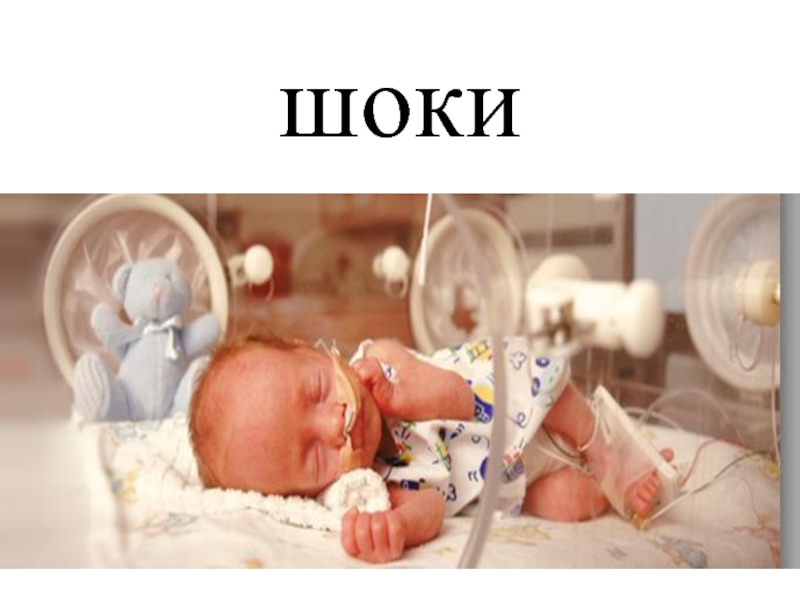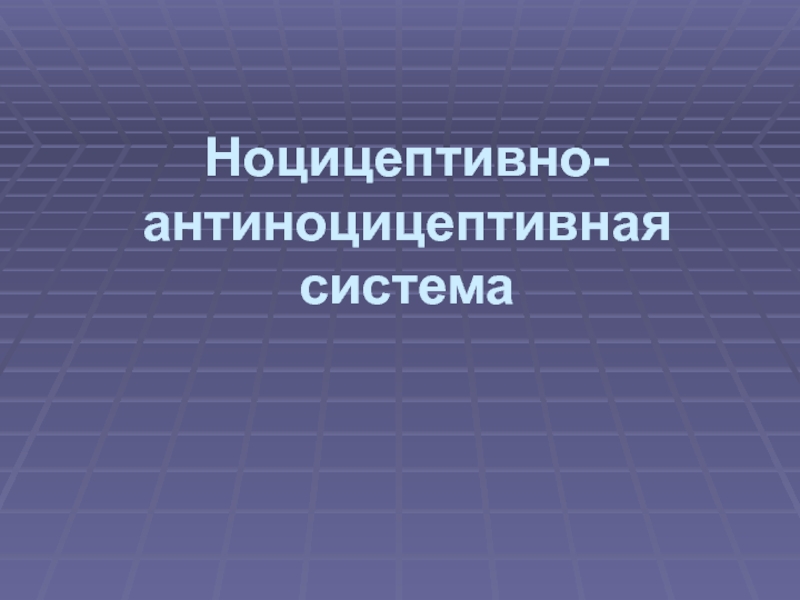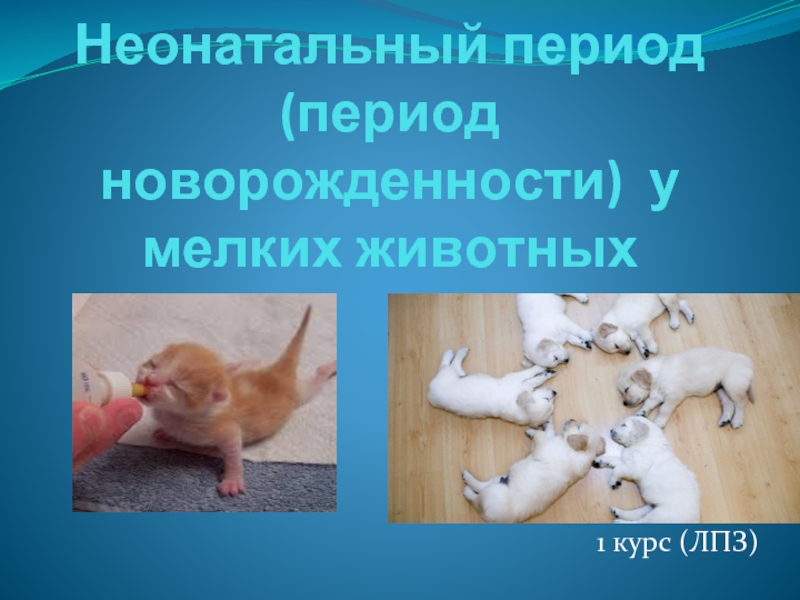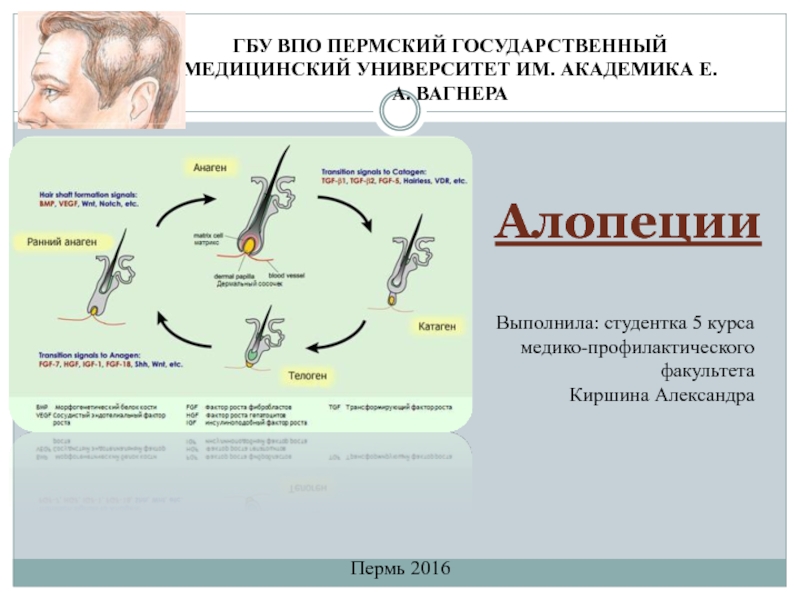- Главная
- Разное
- Дизайн
- Бизнес и предпринимательство
- Аналитика
- Образование
- Развлечения
- Красота и здоровье
- Финансы
- Государство
- Путешествия
- Спорт
- Недвижимость
- Армия
- Графика
- Культурология
- Еда и кулинария
- Лингвистика
- Английский язык
- Астрономия
- Алгебра
- Биология
- География
- Детские презентации
- Информатика
- История
- Литература
- Маркетинг
- Математика
- Медицина
- Менеджмент
- Музыка
- МХК
- Немецкий язык
- ОБЖ
- Обществознание
- Окружающий мир
- Педагогика
- Русский язык
- Технология
- Физика
- Философия
- Химия
- Шаблоны, картинки для презентаций
- Экология
- Экономика
- Юриспруденция
Pathophysiology. (Subject 1) презентация
Содержание
- 1. Pathophysiology. (Subject 1)
- 2. PATHOPHYSIOLOGY ophthalmology neurology surgery therapy gynecology
- 3. Head of Pathophysiology Department KOLESNIK Yuri
- 4. Pathophysiology PATHOS – disease PHYSIS –
- 5. Pathophysiology tasks Creation of the disease general
- 6. Experimental therapy Working out of new
- 7. The main methods of Pathophysiology Experimental modelling
- 8. Pathophysiological experiment It includes four stages: Planning
- 9. The main methods of Pathophysiology Clinical examination
- 10. Scientific work of department neuro-endocrine mechanisms of
- 11. Pathogenesis is the study of general mechanisms of diseases onset and development.
- 12. The role of etiologic factor in disease
- 13. The main link of pathogenesis The
- 14. The role of local and general changes
- 15. The role of pathogenic and adaptive reactions
- 16. The difference between disease and pathological process
- 17. Civilization (lifestyle) diseases Positive consequences of civilization:
- 18. Causality-effective relations in pathogenesis Direct raw
- 19. Causality-effective relations in pathogenesis Divaricated type of
- 20. Causality-effective relations in pathogenesis Vicious circle High
- 21. Why disease develop REASONS CONDITIONS DISEASE ADAPTATION ORGANISM
- 22. Organism responce Reactivity - ability to respond
- 23. Types of reactivity Levels: normal, increased, low,
- 24. Types of resistance Passive resistance –
- 25. Mechanisms of reactivity and resistance formation
Слайд 2
PATHOPHYSIOLOGY
ophthalmology
neurology
surgery
therapy
gynecology
stomatology
PHARMACOLOGY
PATHOLOGICAL
ANATOMY
Biology
Microbiology
Chemistry
Physics
Philosophy
Normal physiology
Biochemistry
Histology
Immunology
Genetics
The interrelations between Pathophysiology and other medical disciplines
Слайд 3Head of Pathophysiology Department
KOLESNIK Yuri Mikhailovich
Rector of ZSMU,
M.D., Ph.D., D.Sc.,
Слайд 4Pathophysiology
PATHOS – disease
PHYSIS – essence
LOGOS – knowledge
Science studying
Слайд 5Pathophysiology tasks
Creation of the disease general conception (general nosology)
Study of :
reasons
general mechanisms of disease development (general pathogenesis)
typical pathological processes which form the basis of the disease in different combination
Слайд 6Experimental therapy
Working out of new methods of diseases treatment and
Sanogenesis – mechanism of recovery SANOS – health GENESIS – origin
sanogenic therapy – type of pathogenetic treatment
(medicines, IR-rays, hypoxia, physical loading, starvation, normalization of mental state).
Слайд 7The main methods of Pathophysiology
Experimental modelling of:
pathologic processes on animals;
protective and
Types of experiments:
acute (vivisection) – collapse, shock, renal failure
chronic – atherosclerosis, arterial hypertension
Слайд 8Pathophysiological experiment
It includes four stages:
Planning the experiment;
Carrying out of experiment (modelling
Statistic analysis of observations;
Formulating the conclusions.
Слайд 9The main methods of Pathophysiology
Clinical examination of various diseases with different
to reveal specific
features of a disease in a certain patient
to increase effectiveness of treatment
Physical and mathematical modelling
Слайд 10Scientific work of department
neuro-endocrine mechanisms of endocrine pancreas regulation
the role
new methods of treatment and prophylaxis of diabetes mellitus and prevention of its complications
pathogenesis of arterial hypertension
Слайд 12The role of etiologic factor in disease development
Etiologic factor can “switch”
Etiologic factor can be constantly present in the organism (insulin deficiency in diabetes mellitus).
The role of etiologic factor in chronic infectious diseases changes according to the stage of disease
Слайд 13The main link of pathogenesis
The main link of pathogenesis is
Allergy – release of biologically active substances and their influence on tissues (histamine and others)
Atherosclerosis – accumulation of lipids inside the vessel wall
Слайд 14The role of local and general changes in the organism
Local
Local changes may appear after the development of disease’s general signs and symptoms.
Слайд 15The role of pathogenic and adaptive reactions during disease development
Pathogenesis of
Their combination, importance and the level of expression widely vary even in the patients with the same pathology.
Слайд 17Civilization (lifestyle) diseases
Positive consequences of civilization: resistance to infections, increased life
Negative consequences: ↑ amount of meat and lipids in food, hypodynamia, smoking, stresses.
Civilization diseases: circulatory and respiratory system diseases, atherosclerosis, malignant neoplasms, diabetes, allergy etc.
Слайд 18Causality-effective relations in pathogenesis
Direct raw of events
heat increases cell’s
accumulation of suboxidised substances ⇒
organism’s intoxication ⇒
irritation of chemoreceptors ⇒
alteration of CNS neurons function ⇒
heat shock development.
Слайд 19Causality-effective relations in pathogenesis
Divaricated type of events
Dilatation of
peripheral vessels
Drop of
Increased sweating
Blood condensation
Increased clotting
Heart overload
Redistribution of blood
High temperature and high humidity
Decrease of brain
blood supply
Shock
Слайд 20Causality-effective relations in pathogenesis
Vicious circle
High temperature of the air
High body
temperature
Increased
excitability
Convulsions
Increase of
retractive thermogenesis
Слайд 22Organism responce
Reactivity - ability to respond to internal and external factors.
Resistance
Relationship
Normally - direct dependence
irregular dependence:
? reactivity ? resistance – allergy
? reactivity ? resistance – in hibernating animals
Слайд 23Types of reactivity
Levels: normal, increased, low, absent (anergy)
Species reactivity (fish,
Group reactivity
Age-related (newborns, children, old people)
Sex-related
Constitution-related (asthenic, hyperstenic)
Individual reactivity
Слайд 24Types of resistance
Passive resistance – barrier systems, bactericidial agents, inborn
Active resistance – adaptative and compensatory mechanisms.
Compensatory reaction – to restore the homeostasis and decrease the injury
Adaptation –organism is adapted to environment
Cross-resistance: the development of resistance to one factor is accompanied with the stability to another factors (conditioning to cold, hypoxia)
Слайд 25Mechanisms of reactivity and resistance formation
General mechanisms – influence of
Non-specific mechanisms include: phagocytosis, barrier systems of the body and humoral substances (lysozyme, complement)
Specific mechanisms are provided by immune humoral and cell-mediated reactions.
